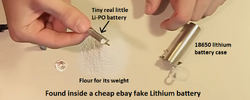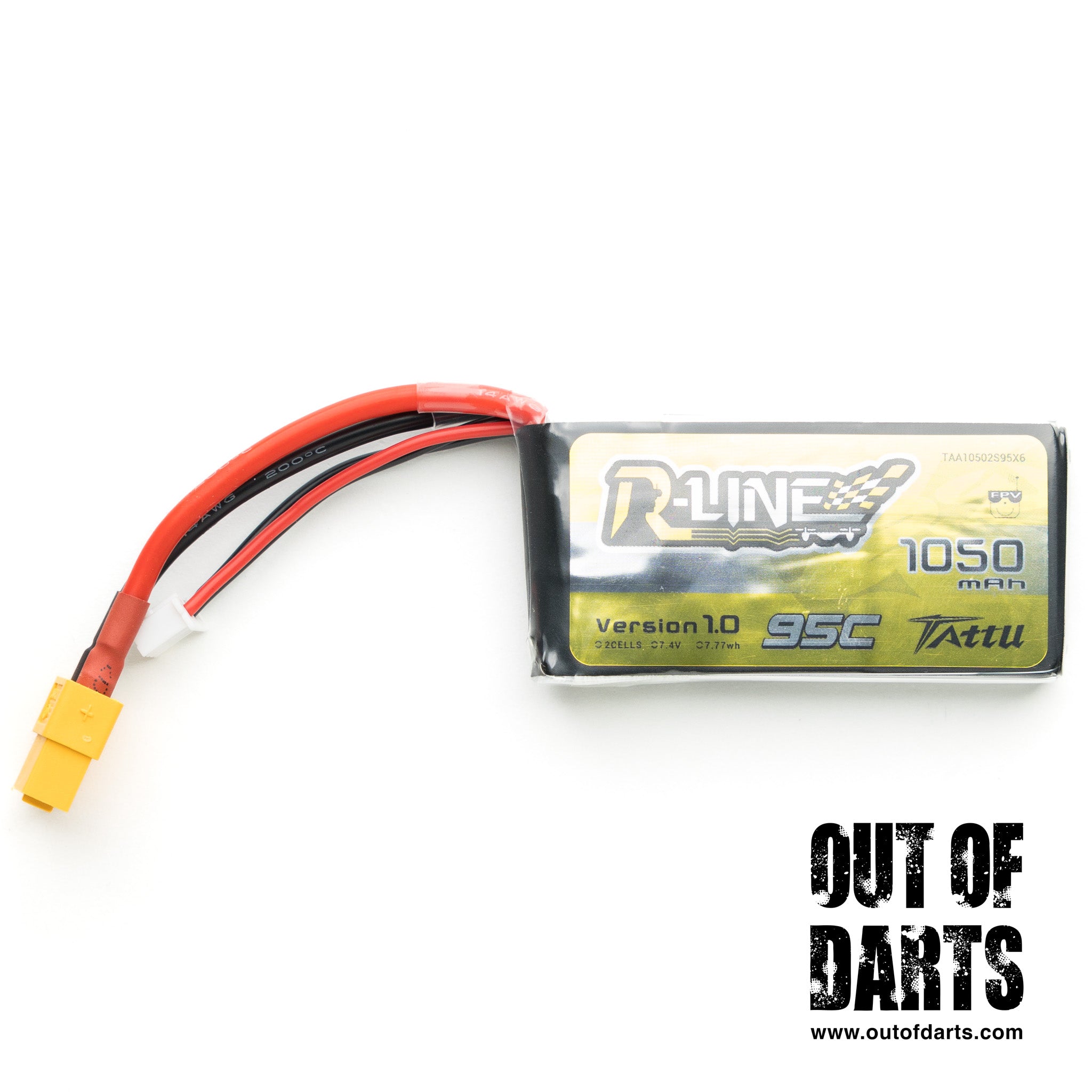Satoshi Deguchi
New Member
Hello!
I am looking to research Li-Po and how to make hobby grade batteries safe to use for my application. I don't have very much knowledge in regards to electronics but would like to learn whatever I can.
It is my understanding that Li-Po batteries carry the same risks of any Li-Ion battery, but most Li-Po batteries do not have a protective circuit/PCB that is found in mobile devices such as phones and tablets.
How can I make a protective circuit (or buy a PCB) that has overcharge/overdischarge protection? I want to be able to utilize the power of Li-Po batteries for my hobby, Nerf blaster modding.
I am looking to research Li-Po and how to make hobby grade batteries safe to use for my application. I don't have very much knowledge in regards to electronics but would like to learn whatever I can.
It is my understanding that Li-Po batteries carry the same risks of any Li-Ion battery, but most Li-Po batteries do not have a protective circuit/PCB that is found in mobile devices such as phones and tablets.
How can I make a protective circuit (or buy a PCB) that has overcharge/overdischarge protection? I want to be able to utilize the power of Li-Po batteries for my hobby, Nerf blaster modding.
Last edited:










